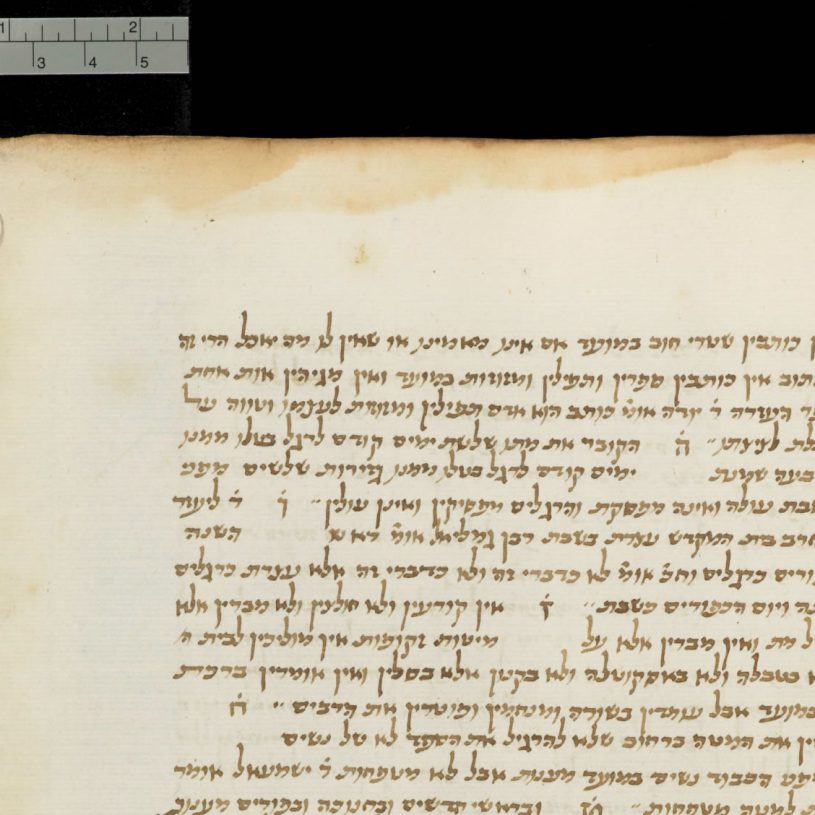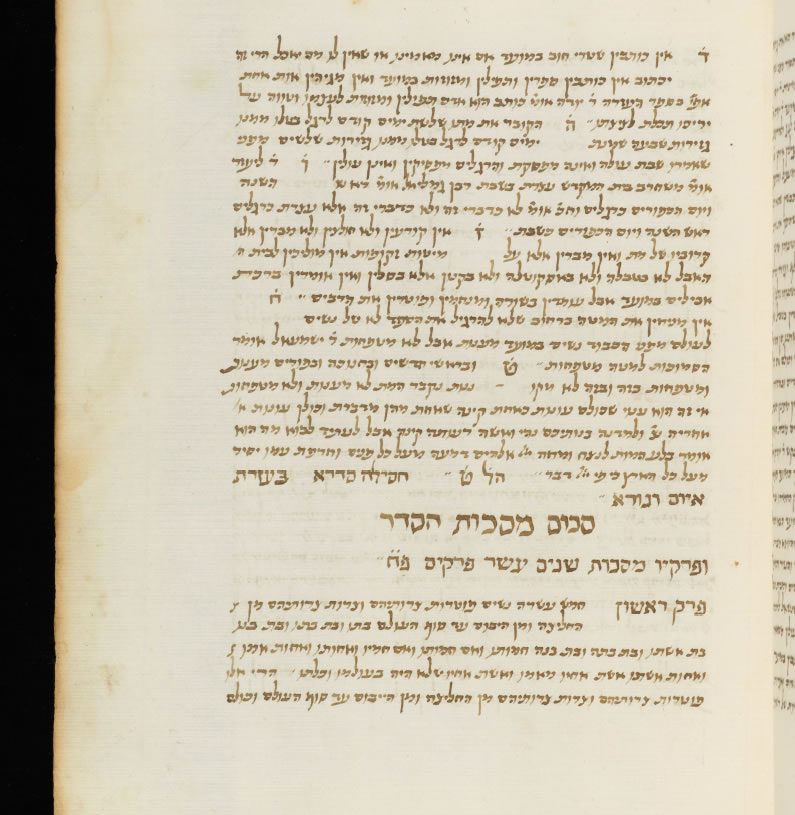Exploring the world of art, history, science and literature. Through Religion

Welcome to TreasureQuest!
Look through the treasures and answer the questions. You’ll collect jewels and for each level reached, earn certificates.
How far will you go?
You need an adult’s permission to join. Or play the game without joining, but you’ll not be able to save your progress.
The leader of the Jews ordered the law to be written down and memorised; mishnah means ‘repetition’.






Are there links to current religious practices or a modern equivalent?
As a written authority, it is second only to the biblical text and can be used as a source of authority for making judgements.

Where is it from, where is it now?

Websites
Cambridge University Digital Library
The complete text is available with other Hebrew Manuscripts, in the Cambridge University Digital Library.
BBC Bitesize – Sources of Authority
Religious people call upon various texts and individuals for guidance in life. For many Jewish people, sacred texts are the most important sources of authority – the Written Torah and the Oral Torah.
Podcasts
BBC Radio 4 – The Story of the Talmud
Rabbi Naftali Brawer delves into one of the greatest books ever written that holds the key to unlocking Jewish thinking and history.










 Faculty of Divinity
Faculty of Divinity